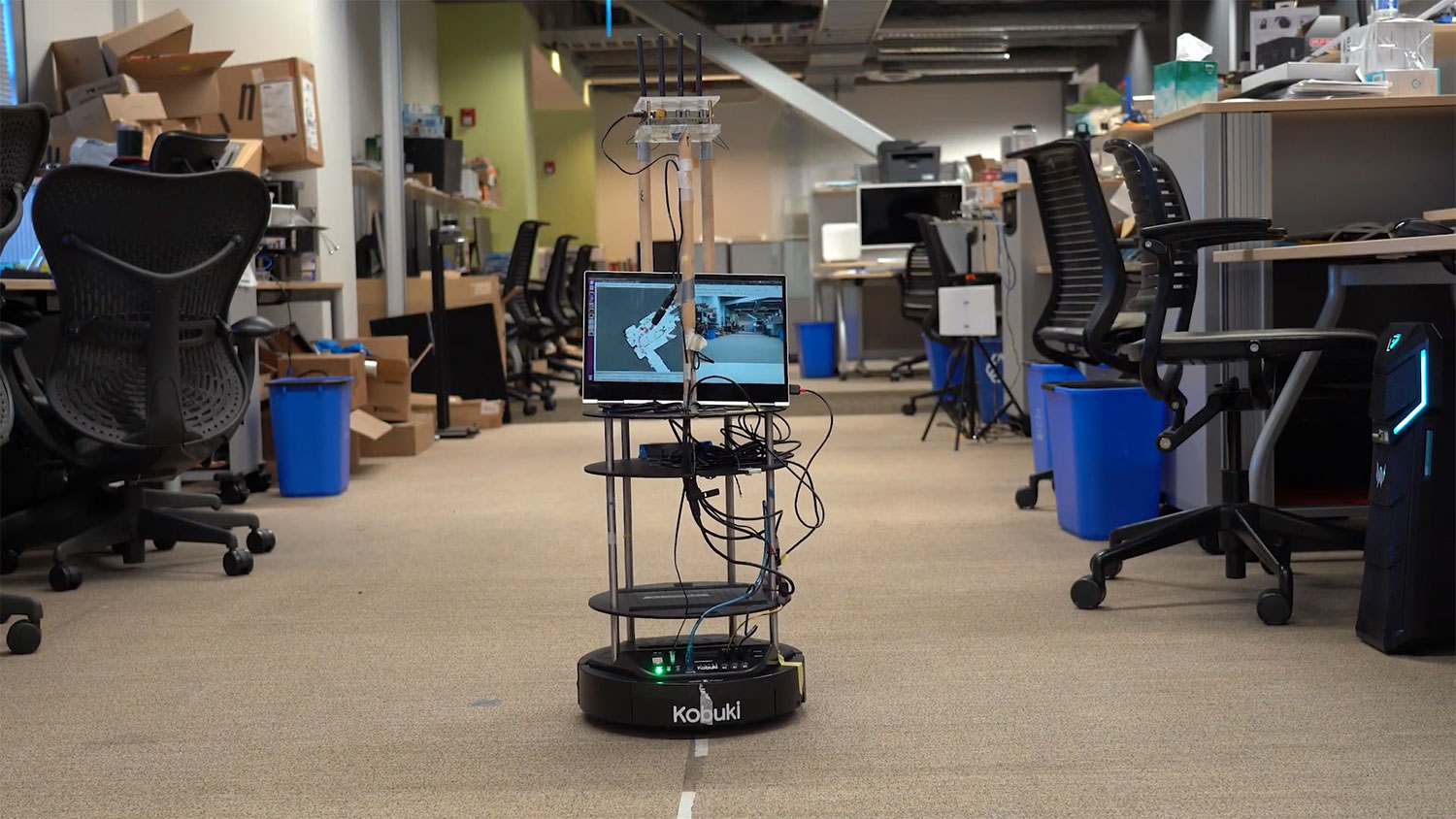
Engineers at the University of California San Diego have developed a low-cost, low-power technology to help robots accurately map their way indoors, even in poor lighting and without recognizable landmarks or features.
While the most robotic system currently relies on optical light sensors – such as cameras and LiDARs – to know where to go, the new robot uses WiFi signals for highly accurate indoor navigation. The so-called “WiFi sensors” use radio frequency signals rather than light or visual cues to see, so they can work in conditions where cameras and LiDARs struggle – in low light, changing light, and repetitive environments such as long corridors and warehouses. And by using WiFi, the technology could offer an economical alternative to expensive and power-hungry LiDARs.
The system prototype is built using off-the-shelf hardware and consists of a robot equipped with WiFi sensors, which are built from commercially available WiFi transceivers. Utilizing its own low-cost transceivers, the robot continuously transmits and receives wireless signals to and from WiFi access points in the environment. The WiFi sensors use this constant back-and-forth communication with the WiFi access points to map the robot’s location and direction of movement.
“This two-way communication is already happening between mobile devices like your phone and WiFi access points all the time – it’s just not telling you where you are,” said Roshan Ayyalasomayajula, who is also an electrical and computer engineering Ph.D. student in Bharadia’s lab and a co-author on the study. “Our technology piggybacks on that communication to do localization and mapping in an unknown environment.”
The researchers tested their technology on a floor of an office building. They placed several access points around the space and equipped a robot with WiFi sensors, as well as a camera and LiDAR, to perform measurements for comparison. In these tests, the accuracy of localization and mapping provided by the WiFi sensors was on par with that of the commercial camera and LiDAR sensors.
“We can use WiFi signals, which are essentially free, to do robust and reliable sensing in visually challenging environments,” said Arun. “WiFi sensing could potentially replace expensive LiDARs and complement other low-cost sensors such as cameras in these scenarios.”
The team is now looking to combine WiFi sensors, which provide accuracy and reliability, with cameras, which provide visual and contextual information about the environment, to develop a more complete yet inexpensive mapping technology.
Everyday WiFi helps robots see and navigate better indoors
Source: Global Access News

No comments:
Post a Comment